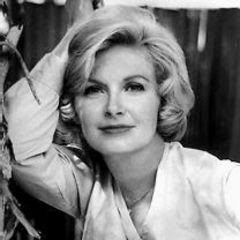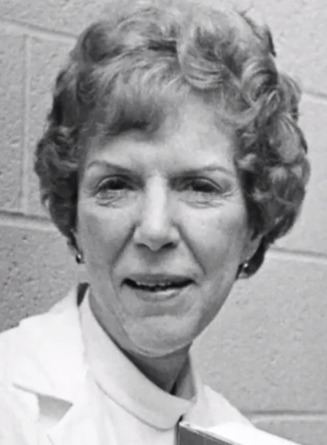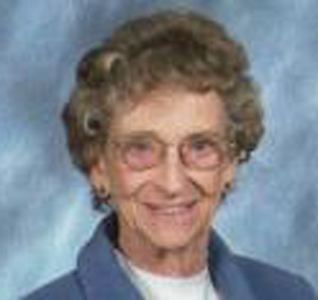Name Cornelia Wilbur | ||
 | ||
Died September 20, 1992 (aged 84) Born August 26, 1908 (age 84) Similar Billy Milligan, Shirley Ardell Mason, Flora Rheta Schreiber | ||
Cornelia B. Wilbur (1908–1992) was an American psychiatrist. She is best known for a book, written by Flora Rheta Schreiber, and a television film, both titled Sybil, which were presented as non-fiction accounts of the psychiatric treatment she rendered to a person diagnosed with dissociative identity disorder.
Contents

Biography
Wilbur graduated from the University of Michigan in 1930 and was one of eight women medical college graduates in 1939. She was the first female medical student extern at Kalamazoo State Hospital, where she successfully treated an agoraphobic girl diagnosed with hysteria. Wilbur was a pioneer clinician, as well as an educator, researcher, and mentor for others in the field of psychiatry. Wilbur was one of the authors of Homosexuality: A Psychoanalytic Study of Male Homosexuals, an influential 1962 study of the development of male homosexuality.
Wilbur is best known for her work with Shirley Ardell Mason, who was purported to have been severely abused as a child, and who developed 16 alternate personalities as a result. A book, written by Flora Rheta Schreiber, and a television film, both titled Sybil, were ostensibly non-fiction accounts of the psychiatric treatment received by Mason while in Wilbur's care. She diagnosed and treated Mason for dissociative identity disorder (then referred to as Multiple Personality Disorder) beginning in 1954 and continuing for 11 years. From 1965-1967 she served as the Superintendent at the Weston State Hospital in Weston, West Virginia.

Wilbur lectured around the world about child, spouse, and elder abuse and their repercussions, and advocated parenting education to prevent child abuse. She was also interested in increasing the admission rates of women to medical schools.

In the late 1970s, Wilbur consulted on the case of Billy Milligan, the first man to be acquitted of a crime in the United States by reason of insanity due to multiple personality disorder.
Wilbur was a Diplomate of the American Board of Neurology and Psychiatry in both Neurology and Psychiatry (1946), had a certificate in psychoanalysis (1951), and was Professor Emerita at the University of Kentucky Medical College. She was a Life Fellow of the American Medical Association, the American Psychiatric Association, and the American Academy of Psychoanalysis. She was honored by the University of Kentucky Medical College for her Outstanding Contribution to Medical Education. In 1987, she was honored for her Distinguished Achievements by the International Society for the Study of Multiple Personality and Dissociative Disorders. She published about 50 papers in peer-reviewed professional journals.
Controversy
Wilbur's diagnosis of Mason has been questioned, and both she and Flora Schreiber have been accused of inventing or exaggerating the multiple personality diagnosis and manipulating Mason for professional and financial gain. One examination of the case of "Sybil" is Debbie Nathan's book, Sybil Exposed: The Extraordinary Story Behind the Famous Multiple Personality Case. Nathan presented evidence that Mason never enacted multiple personalities until she met Wilbur. The patient’s symptoms emerged over the years from a mutually reinforced self-deception of both Mason and Wilbur. Nathan’s research indicated that Wilbur and Schreiber fabricated numbers of narrative in Sybil to bolster their story of Mason, including the bogus confession of Mason’s father that her deceased mother had been diagnosed with schizophrenia.
